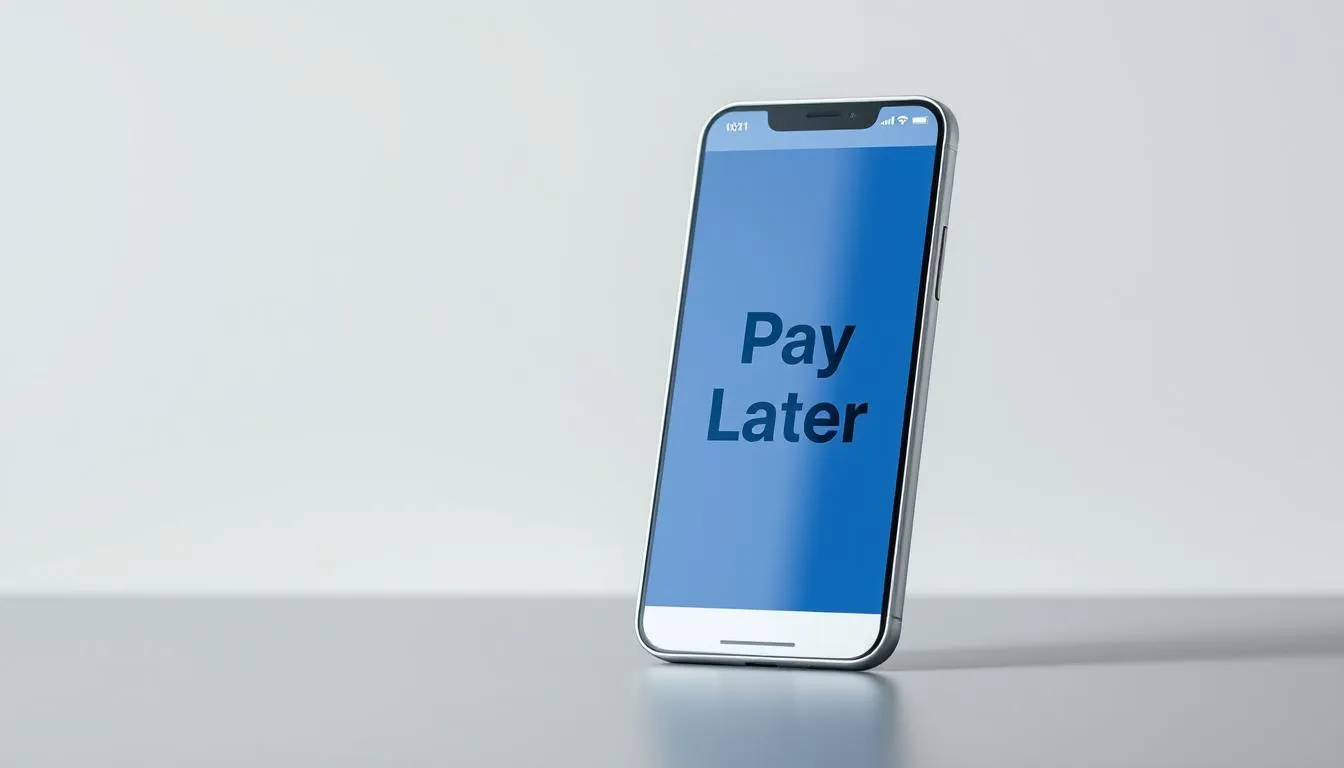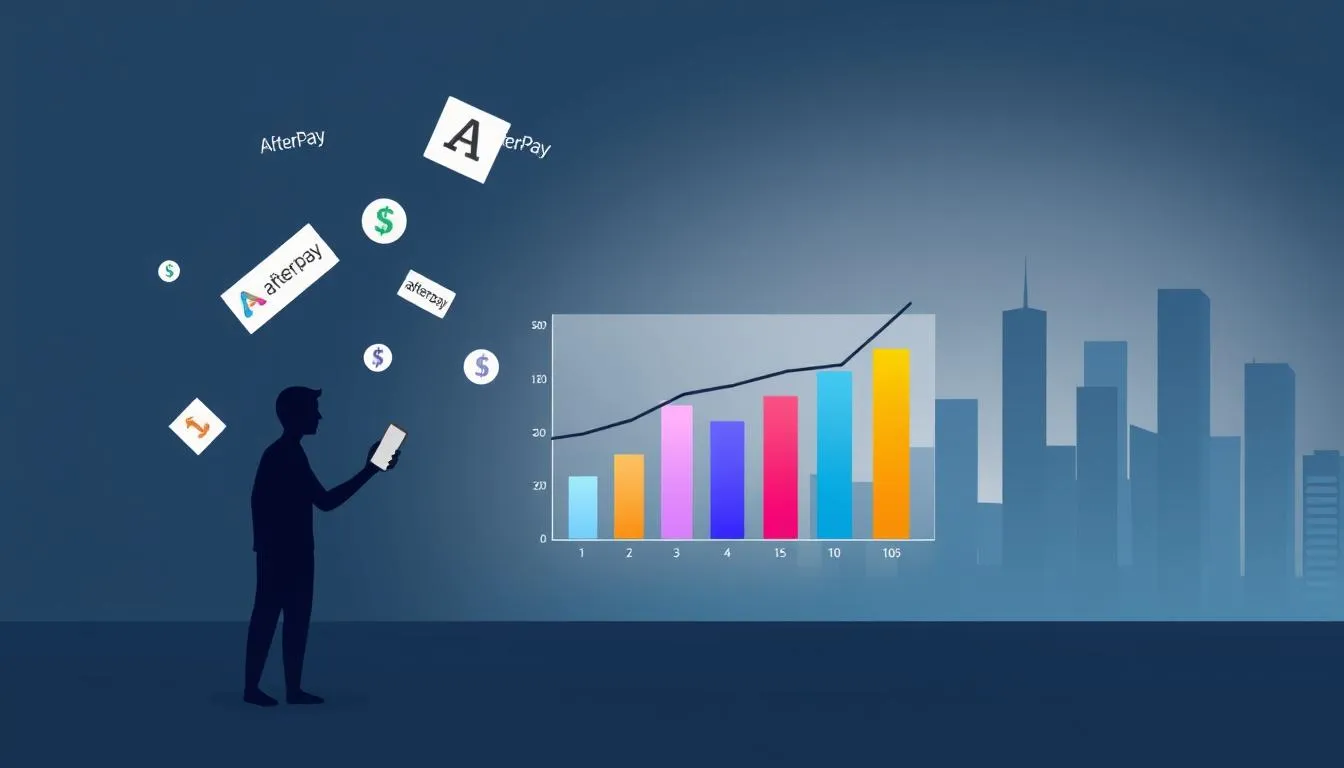Surprising fact: Nearly one in four younger shoppers has used Buy Now, Pay Later this year, signaling rapid growth in how people pay for goods and services.
The US payments landscape is shifting as flexibility and transparency reshape how consumers plan money. Mobile-first checkouts and clear payment schedules let people turn big purchases into smaller, manageable installments.
Today, Gen Z and Millennials lead this shift. Recent data in this report shows their retail spend has rebounded past pre-pandemic levels, driving growth in digital payments and BNPL adoption.
For brands, the opportunity is practical: integrate these services across channels and educate shoppers on terms. Doing so can lift conversion, average order value, and long-term loyalty while reaching consumers who lack traditional credit footprints. For insights into similar BNPL trends and platform comparisons, see our analysis of exploring the increasing Affirm loans popularity in America.
Key Takeaways
- BNPL offers clear schedules that help people plan money without high interest.
- Younger cohorts are the main engine of growth in digital payments.
- Retailers that add and explain these services see better conversion and shopping value.
- Mobile-first, seamless payment experiences are expected across channels.
- Inclusion is rising as BNPL expands access beyond traditional credit checks.
The US payments landscape today: BNPL momentum and shifting consumer money habits
Consumers increasingly prefer predictable installments to revolving credit, and that shift is remaking the payment landscape. Digital solutions now offer clear, fixed schedules and low or no compounding interest, which eases anxiety over variable rates.

From credit cards to pay later: why flexibility and transparency are winning
Many people move away from credit cards because pay later options show exact totals and avoid surprise fees. About one-third of Americans say a single credit score misses their true worth, so they try services that assess affordability more fairly.
Younger generations reshaping spending: Gen Z and Millennials in focus
Research shows BNPL usage in the US rose 230% since 2020, with Gen Z use up 330%. Younger generations now spend above pre-Covid levels, and mobile-first approvals make quick checkouts the norm for all consumers.
- Brands that present clear options at checkout increase conversion and trust.
- Simple terms reduce confusion and boost repeat users.
Afterpay budgeting trends shaping consumers spending behavior
More shoppers now split payments so they can buy what they need without upending monthly cash flow.
Who uses it today
Gen Z and Millennials are the core users. Gen Z now accounts for about 14% of afterpay spending and grew faster than any group up roughly 400% over 18 months. BNPL use among Gen Z rose 330% since 2020, signaling big demand for predictable pay later plans.
Where the money goes
Fashion leads. Roughly 80% of Gen Z and 70% of Millennial spending on the platform goes to clothing and accessories.
Home and recreation are the fastest-growing categories, up more than 150% year-over-year from smaller bases as consumers reinvest in living space and leisure.

| Cohort | Share of Spending | Top Categories |
|---|---|---|
| Gen Z | 14% (400% growth) | Fashion 80%, Home 4% |
| Millennials | Largest share overall | Fashion 70%, Recreation 7% |
| All users | BNPL up 230% since 2020 | Fashion, Home, Recreation |
Credit attitudes and cash flow
About one-third of Americans doubt credit scores reflect their full worth. That gap pushes many toward debit and pay later services that show clear schedules and avoid high interest rates. For detailed market insights on BNPL platform performance, explore our comprehensive report on Klarna usage increase trends and insights.
Shoppers use fixed installments to stretch purchases across months. This helps them buy larger products without risking everyday needs, and it gives retailers higher completion and add-on sales when options appear early in checkout.
What retailers and brands should do with these insights
Retailers can turn flexible installment options into clearer revenue drivers by making them visible at every shopping touchpoint. Start with simple, consistent messaging online and in store to reduce friction and boost conversion.
Promote payment options across channels
Promote early and often: show payment availability on product pages, carts, checkout, emails, and social. Use partner toolkits to explain fees and timelines so customers feel confident.
Build seamless omnichannel experiences
Map the research-to-purchase flow so shoppers can discover, compare, and complete purchases across web, app, and store. Equip associates with clear talking points for consistent support.
Champion inclusion and transparency
Make transparency non-negotiable. Publish terms, repayment schedules, and return policies. Consider alternative assessments to broaden access responsibly and win trust.
“Clear communication across channels reduces questions, increases average order value, and builds loyalty.”
| Action | Benefit | Measure |
|---|---|---|
| Early product messaging | Fewer cart abandonments | Conversion rate |
| Staff training | Consistent shopper experience | Customer satisfaction |
| Publish clear terms | Higher trust and repeat sales | Repeat purchase rate |
Conclusion
Predictable split payments give customers a simpler path to buy what they want now and pay over months. This approach has helped users grow pay later use the report shows BNPL payments climbed 230% since 2020 while Gen Z adoption rose 330%.
For consumers and businesses, the lesson is practical: offer clear payment options early, explain timelines, and make returns straightforward. That builds trust and lifts sales.
Retailers and brands that align omnichannel experiences will win repeat customers. Prioritize transparent terms, train teams, and measure outcomes so merchants convert interest into lasting purchases and loyalty. For consumers managing multiple BNPL payments, consider using top money manager apps for budgeting and savings to track installment schedules effectively.
FAQ
What are the main drivers behind the rise of buy-now-pay-later services in the US payments landscape?
Consumers value flexibility and clear costs. Many shoppers prefer splitting payments without hidden interest, which makes BNPL attractive compared with revolving credit cards. Merchants also promote this option to increase conversion and average order values, while younger buyers push demand for modern payment experiences.
How are Gen Z and Millennials changing spending habits?
Younger generations prioritize experiences, sustainability, and convenience. They research online, compare options, and use installment tools to manage cash flow across categories like fashion, home goods, and recreation. This cohort tends to favor transparent, digital-first services over traditional credit.
Who uses these installment services most, and what does that mean for household money management?
Usage skews toward Gen Z and Millennials, but adoption is expanding across age groups. These users often allocate discretionary spending across installments to preserve emergency savings and balance monthly expenses, making short-term planning and predictable payments important.
Which product categories capture the largest share of installment purchases?
Fashion and apparel remain dominant, followed by home furnishings and leisure experiences. Retailers report growing demand in electronics and services as platforms broaden merchant partners and consumers feel confident using split payments for higher-ticket items.
How do consumers view debit and installment options compared with interest-bearing credit cards?
Many shoppers prefer debit or BNPL to avoid high interest and long-term debt. Installments appeal because they are predictable and often interest-free if paid on time. At the same time, users remain attentive to credit-score impacts and expect transparent terms.
What role does purchase timing play in consumer cash-flow management?
Splitting payments allows customers to align big purchases with pay cycles, seasonal needs, or unexpected expenses. This timing flexibility helps households smooth spending without tapping overdrafts or high-interest credit lines.
What should retailers do to make installment options work for their business?
Promote flexible payments prominently across web, mobile, and in-store touchpoints to lift conversion. Train staff to explain terms, and highlight benefits like no-interest plans. Pair payment options with promotions and loyalty programs to increase average order value and repeat visits.
How can brands build a smoother omnichannel buying journey around modern payments?
Integrate checkout flows so customers see installment options early in the research process. Ensure consistent messaging and pricing across channels, enable quick approvals, and make returns and refunds straightforward to reduce friction and boost shopper confidence.
What best practices help build trust and inclusion when offering installment solutions?
Use simple, clear language about fees and repayment schedules. Offer alternative assessments for customers with limited credit histories, disclose any late fees up front, and provide helpful customer support. Transparency drives adoption and reduces disputes.
Do these payment choices affect long-term financial health?
When used responsibly, short-term installment plans can help manage cash flow and avoid high-interest debt. However, overreliance without budgeting can lead to missed payments and fees. Consumers should track commitments across cards, bank accounts, and installment plans.
How do merchants measure the impact of offering installment options?
Retailers track conversion rate uplift, average order value, repeat purchase frequency, and changes in basket size. They also monitor return rates and customer satisfaction to ensure the payment option adds sustainable value to the business.
Are installment services regulated, and should consumers worry about protection?
Regulation varies by jurisdiction and is evolving. Consumers should review provider terms and merchant policies. Look for clear dispute-resolution procedures and consumer protections like refund handling and data security.
